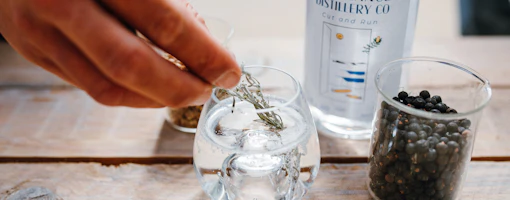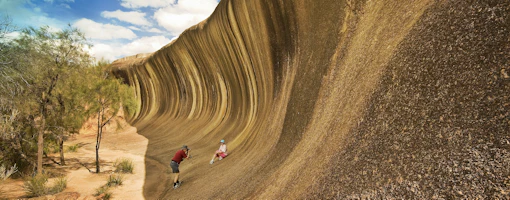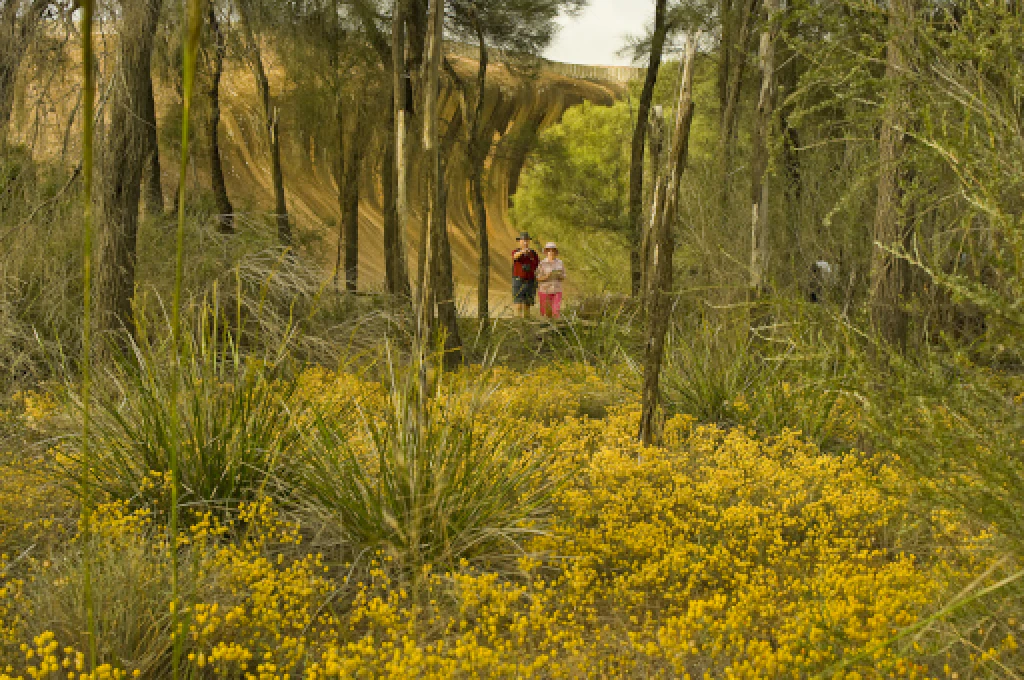
Wave Rock Wildflower Trail
- Suggested Time: 5 days -
- Central Wheatbelt
Escape the ordinary and lose yourself in the jaw-dropping glory of nature on this unique journey across the Golden Outback.
From August to October, a colourful sea of spring wildflowers – more than 12,000 species in total – will enliven your senses as you make your way along this 749-kilometre, five-day trail to the awe-inspiring wonder that is Wave Rock.
Step back in time at the grand old town of York, a 100-kilometre drive from Perth. Early settlers decided this quaint location was the perfect spot for Western Australia’s first inland town. Stroll historical streetscapes and museums, cosy up in one of the cafes, or look for treasures in the antique shops.
Pygmy sundews, donkey orchids, climbing fringed lily, everlastings and purple-blue dampiera – discover a rainbow of wildflowers in the gently rolling hills and nature reserves around York. Picnic at Australia’s third-largest monolith, Kokerbin Rock. Walk the trails for stunning vistas at the summit and a glimpse of orchids among the tea trees.
Hunt for rare underground orchids in Babakin, a one-and-half-hour hop from Bruce Rock. Among Mount Walker’s walking trails, pops of lemon-yellow donkey orchids and cowslips dazzle in the chorus line – but the real star is the rare Queen of Sheba orchid, a holy grail for wildflower-lovers.
Whizz past the Wheatbelt’s picturesque fields of golden grain to Hyden, the gateway to Wave Rock. A towering 15 metres high and 110 metres long, this land-locked monster swell is absolutely mind-blowing. Roam the granite formations harking back millions of years.
An eclectic collection of tin-horse sculptures line the highway starting at quirky Kulin, where wildflowers own the landscape and create a colour-filled path to Corrigin. Tiptoe among toothbrush grevilleas, one-sided bottlebrushes and wild foxgloves for a final foray into wildflower country.

-
 1
1Day 1: York (100km)
From Perth, follow the Great Eastern and Great Southern Highways for an hour and a half to reach the grand heritage town of York. Established in 1831, as WA's first inland settlement, much of its Victorian and Federation architecture has been lovingly restored to house galleries, museums, cafes, restaurants and antique shops.Spend the morning…
From Perth, follow the Great Eastern and Great Southern Highways for an hour and a half to reach the grand heritage town of York. Established in 1831, as WA's first inland settlement, much of its Victorian and Federation architecture has been lovingly restored to house galleries, museums, cafes, restaurants and antique shops.
Spend the morning soaking up the town’s yesteryear charm, or visiting the York Motor Museum, and drop into York Visitor Centre, located in the historic town hall, to pick up a local wildflower brochure for directions to the local nature reserves.
Enjoy an afternoon hopping between the region’s nature reserves. Choose to head west to St Ronan's Reserve and Mokine Reserve (approximately 20 kilometres from York on the Great Southern Highway) or follow the old Goldfields Road north-east for 30 kilometres to Wallaby Hills Reserve.
Both options offer an impressive variety of spring wildflowers, including pygmy sundew, yellow Hibbertia, rosy cheeked donkey orchids, climbing fringed lily, mouse ears and Dampiera.
Stay overnight at one of many charming bed and breakfasts available in York. -
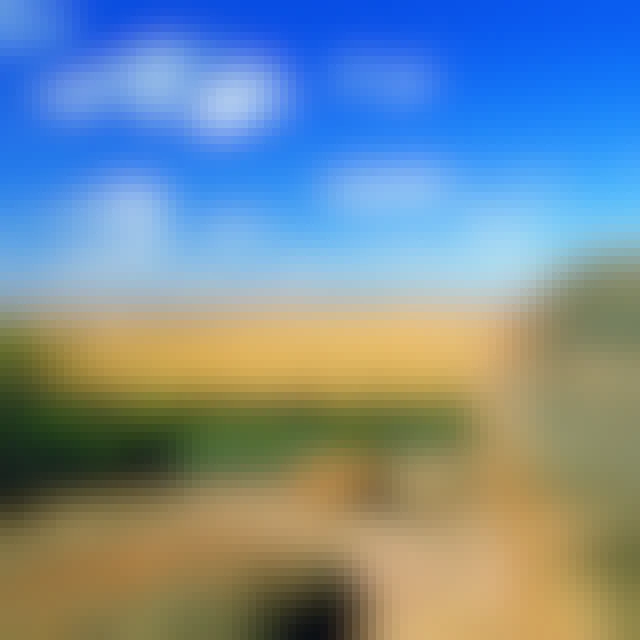 2
2Day 2: Bruce Rock (146km)
Just an hour from York, travelling east on York Road, 572 hectares of wildflowers and walk trails await at Quairading Community Nature Reserve. This conservation area is a haven to many declared and priority species of Lamiaceae shrubs, Acacias, Hakeas, rubiaceae, and Proteaceae. The rare Banksia cuneata flower can also be found here from…
Just an hour from York, travelling east on York Road, 572 hectares of wildflowers and walk trails await at Quairading Community Nature Reserve. This conservation area is a haven to many declared and priority species of Lamiaceae shrubs, Acacias, Hakeas, rubiaceae, and Proteaceae. The rare Banksia cuneata flower can also be found here from September to October.
For a picnic lunch with a difference, continue east on Bruce Rock-Quairading Road to reach the turn-off for Kokerbin Nature Reserve and Kokerbin Rock – Australia’s third largest monolith.
Look for orchids among the tea trees, sheoaks and sandalwood trees, as well as Verticordias, Dampiera, Banksia, Acacias, Hakeas, quandongs and poker Grevillea.
Walk trails also lead to caves and the rock’s summit for impressive views over the surrounding plains.
Avid wildflower spotters may be interested in taking a one-and-a-half-hour detour south to the small town of Babakin, where you can challenge yourself in a search for the rare underground orchid.
Or, continue east for the one-hour drive to Bruce Rock, where the town’s museum offers unique insights into the harsh realities of life for 19th century pioneers. -
 3
3Day 3: Hyden (132km)
Make the 40-minute drive south west of Bruce Rock to the central Wheatbelt town of Narembeen. Just before you reach the town, take a detour up to Roe Lookout for a picturesque view across the surrounding nature reserve.Heading 30 kilometres east on Mount Walker Road, you’ll encounter the wildflower hotspot of Mount Walker Rock. Follow the walk…
Make the 40-minute drive south west of Bruce Rock to the central Wheatbelt town of Narembeen. Just before you reach the town, take a detour up to Roe Lookout for a picturesque view across the surrounding nature reserve.
Heading 30 kilometres east on Mount Walker Road, you’ll encounter the wildflower hotspot of Mount Walker Rock. Follow the walk trail around the base of the rock, looking out for the donkey, cowslip and Queen of Sheba orchid.
Venture another 10 kilometres to the east for a picnic at the local birdwatchers paradise known as Roe Dam.
Continue on Mount Walker-Hyden Road for an hour and 15 minutes to reach Hyden, your gateway to one of Australia’s biggest waves – Wave Rock. -
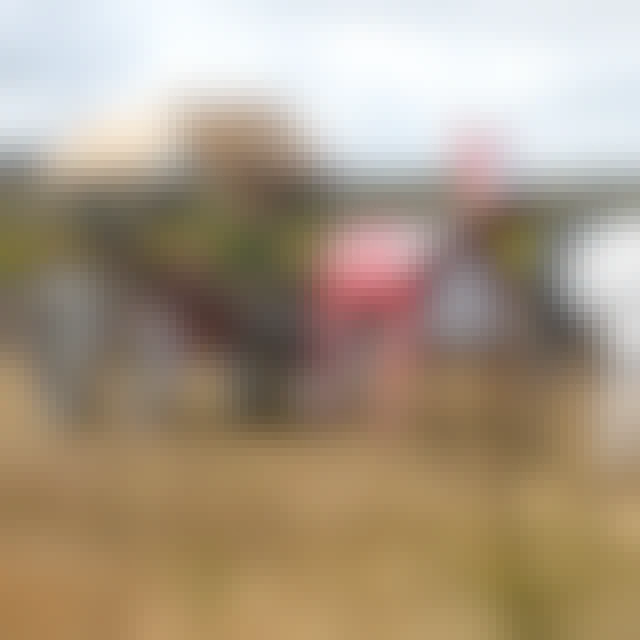 4
4Day 4: Kulin (84km)
View Wave Rock in the early morning light, or discover Hyden's other attractions, including the Wildlife Park for encounters of the marsupial kind.A 40-minute drive to the west of Hyden, Kondinin Bushwalk Trail and nearby Yeerakine Rock offer more chances to encounter diverse local flora, including the Eucalyptus kondininensis (blackbutt).From…
View Wave Rock in the early morning light, or discover Hyden's other attractions, including the Wildlife Park for encounters of the marsupial kind.
A 40-minute drive to the west of Hyden, Kondinin Bushwalk Trail and nearby Yeerakine Rock offer more chances to encounter diverse local flora, including the Eucalyptus kondininensis (blackbutt).
From here, you’re less than 20 minutes from Kulin, an area surrounded by nature reserves showcasing diverse floral displays in August and September.
Visit Kulin Shire Council for information, and take your pick from the unique wildflower habitats of Hopkins, North Jitarning and Dragon Rocks nature reserves. Or explore the Macrocarpa Trail, one kilometre west of Kulin.
Hakeas, grevilleas, pink boronia, lsopogon, several varieties of Verticordia and orchids, Eucalyptus macrocarpa, Melaleucas, Hibbertia, Dryandra, thyanotus fringed Iily and gastrolobium spinosum are among the many blooms that colour this region in spring.
Accommodation-wise, choose from budget-friendly accommodations, a hotel or experience some authentic country living at a local farm stay. -
 5
5Day 5: Corrigin (54km)
Venture along the main street for an insightful introduction to Kulin’s quirky Tin Horse Highway and artworks in the Kulin Discovery Zone.Heading east on the Kulin-Holt Rock Road, you’ll see some of the 100-plus Tin Horse sculptures on the way to the flora-filled landscapes of Jilakin Lake and Jilakin Rock Reserve.A detour further to the east will…
Venture along the main street for an insightful introduction to Kulin’s quirky Tin Horse Highway and artworks in the Kulin Discovery Zone.
Heading east on the Kulin-Holt Rock Road, you’ll see some of the 100-plus Tin Horse sculptures on the way to the flora-filled landscapes of Jilakin Lake and Jilakin Rock Reserve.
A detour further to the east will bring you to the curious rock formation of Buckley's Breakaway. Or you can return to Kulin and explore the western end of the Tin Horse Highway, on your way to Corrigin.
Get one last look at the Wheatbelt’s extraordinary flora by following Corrigin’s wildflower drive – looking out for the red toothbrush grevillea, one-sided bottlebrush, cauliflower Verticordia, fringed mantis orchid, wild foxglove, Calytrix brachyphlla, pop flower and triggerplants.
For something out of the ordinary, visit the Corrigin Dog Cemetery, an unusual pet cemetery dedicated to man's best friend. Or, step into the pioneering era at the museum to view the displays of early Australian farm machinery.
Your two-hour-25-minute return journey to Perth takes you via Brookton.
Itinerary content originally published on westernaustralia.com

Wildflower Trails
Each spring, Western Australia’s wildflowers put on a colourful show bigger and better than anywhere else in the world - transforming the Golden Outback into a flower-lovers paradise. See our full suite of Wildflower Trails this season.











